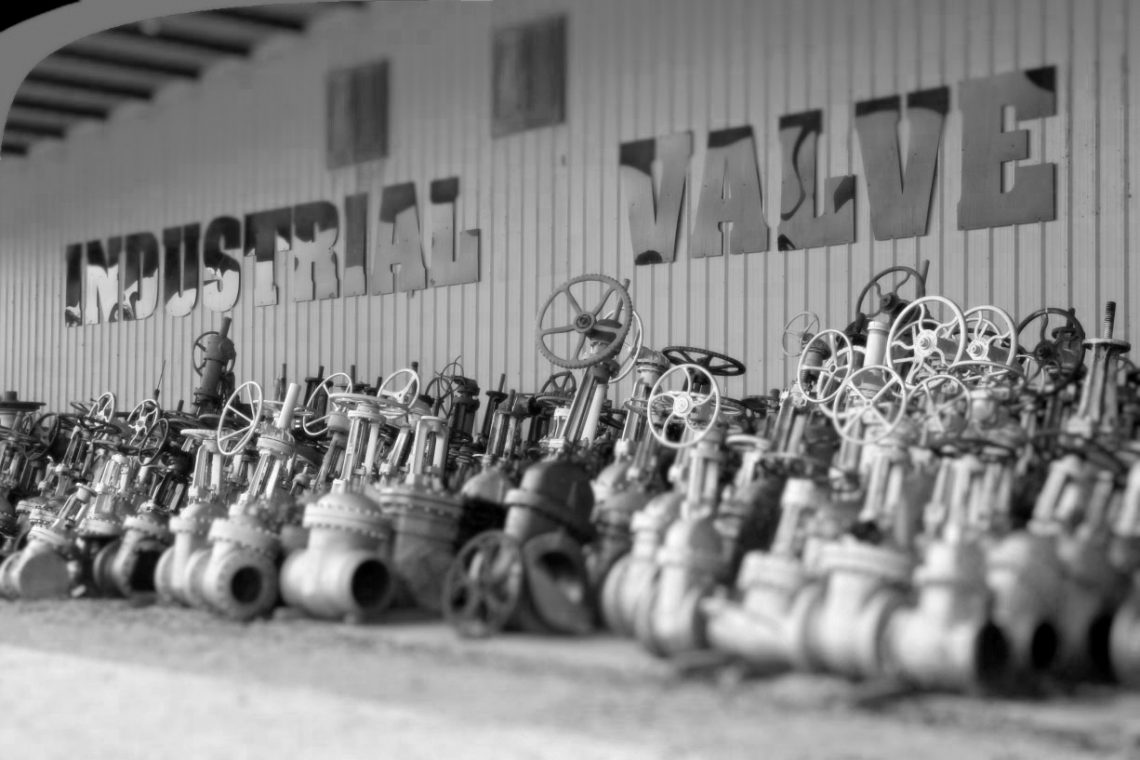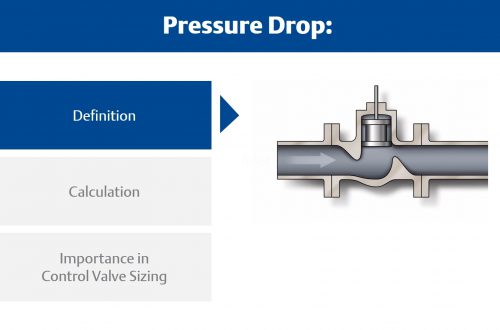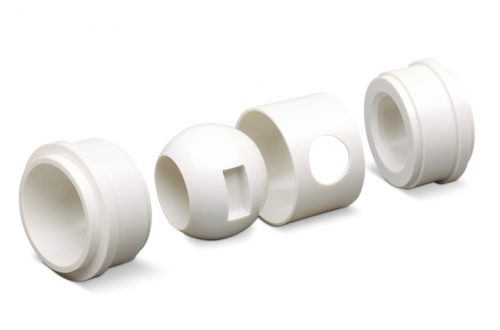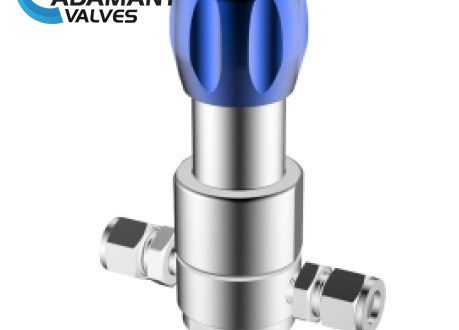Sanitary valves are used in higher hygiene requirements occasions. It seems to have no difference compared with the industrial valves only from their appearances. In other words, the difference between sanitary valves and industrial valves is not obvious in some ways. Here’s a comparison.
The biggest difference between the two valves is the raw materials used to manufacture them. Sanitary valves are used in the environment of high hygiene requirements such as pharmaceutical, food and daily commodities. These products are edible or having direct contact with human bodies. Therefore, there is high sanitation demand for the manufacturing machinery, and ordinary steel, iron, copper and other materials cannot meet the standard. For example, let’s talk about steel and iron. If the two materials are used to make the valve, the valve will rust after a period of use, contaminating the medium it transports. Similar problems can arise with the use of copper. Moreover, copper is toxic. Therefore, these materials are not suitable as raw materials for sanitary valves.
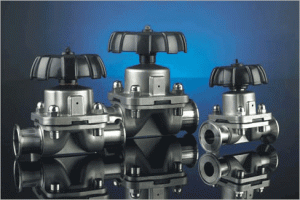
Sanitary valves are made of stainless steel. Stainless steel not only has good corrosion resistance but is also non-toxic and odorless, which will not cause contamination. Sanitary valves are generally 304#SS or 316# stainless steel. (To know more about SS316 and SS304 stainless steel, please refer to the article: How to choose between SS304 and SS316 stainless steel? )It is specially processed after manufacturing.
In many ways, industrial ceramics are not comparable to sanitary ceramics.The cleanliness, easy installation and the other advantages of sanitary valves make them specifically appropriate for the food, medicine, and other industries. Industrial valves are generally based on the needs of the user to develop models. It is mainly used in high temperature and pressure working environment and has a long life with flexible operation. Its exterior and interior are not as smooth and beautiful as sanitary valves. But in the same way, industrial valves cannot be replaced by sanitary ones in many places.
For more information, please visit: http://www.adamantvalves.com/
